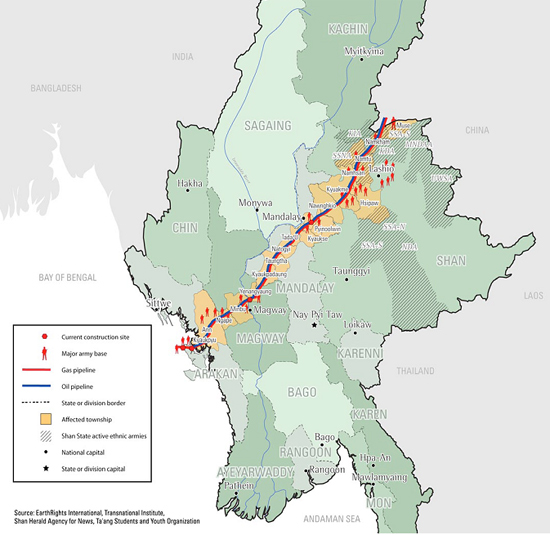Rajasthan Makes Pitch to Pravasi Divas Delegates
JAIPUR , Rajasthan
The Rajasthan Government Jan. 7 utilized the platform of the 10th Pravasi Bharatiya Divas to project the desert state before the global delegates as an emerging hub of solar power generation.
Participating in a seminar on solar energy on the opening day of the three-day meet here, Rajasthan Chief Minister Ashok Gehlot gave a detailed account of the fast-changing scenario in the solar power sector in the state and his government’s steps for its promotion, while Union Minister of Renewable and Non-Conventional Energy Dr. Farooq Abdullah also hailed the efforts of the state government.
Gehlot said the state is being developed as a solar energy hub which would help it to become a power plus-state by 2013 and also provide energy to the entire country.
He invited overseas Indians to be part of this process and assured them that necessary infrastructure and regulatory mechanisms will be provided for investors.
Gehlot said power generation capacity in the state through non-conventional sources — wind and biomass — had reached 1,891 megawatts. The state government was determined to develop Rajasthan as a leading solar energy producer.
He said there were immense possibilities for solar energy generation in the state, which has large tracts of low cost, flat, undeveloped land and high solar radiation.
Studies have shown that solar radiation in the state is comparable to deserts of California, Nevada, Colorado and Arizona, the chief minister said.
The state also has large amounts of natural resources — zinc and salt — which make conditions ideal for development of solar power, he added.
Gehlot said the state government had taken many important steps in this sector that include formulation of the Solar Energy Policy 2011 with an aim to set up private sector solar projects and achieve maximum production of solar energy under the Jawaharlal Nehru Solar Mission.
JAIPUR , Rajasthan
The Rajasthan Government Jan. 7 utilized the platform of the 10th Pravasi Bharatiya Divas to project the desert state before the global delegates as an emerging hub of solar power generation.
Participating in a seminar on solar energy on the opening day of the three-day meet here, Rajasthan Chief Minister Ashok Gehlot gave a detailed account of the fast-changing scenario in the solar power sector in the state and his government’s steps for its promotion, while Union Minister of Renewable and Non-Conventional Energy Dr. Farooq Abdullah also hailed the efforts of the state government.
Gehlot said the state is being developed as a solar energy hub which would help it to become a power plus-state by 2013 and also provide energy to the entire country.
He invited overseas Indians to be part of this process and assured them that necessary infrastructure and regulatory mechanisms will be provided for investors.
Gehlot said power generation capacity in the state through non-conventional sources — wind and biomass — had reached 1,891 megawatts. The state government was determined to develop Rajasthan as a leading solar energy producer.
He said there were immense possibilities for solar energy generation in the state, which has large tracts of low cost, flat, undeveloped land and high solar radiation.
Studies have shown that solar radiation in the state is comparable to deserts of California, Nevada, Colorado and Arizona, the chief minister said.
The state also has large amounts of natural resources — zinc and salt — which make conditions ideal for development of solar power, he added.
Gehlot said the state government had taken many important steps in this sector that include formulation of the Solar Energy Policy 2011 with an aim to set up private sector solar projects and achieve maximum production of solar energy under the Jawaharlal Nehru Solar Mission.














